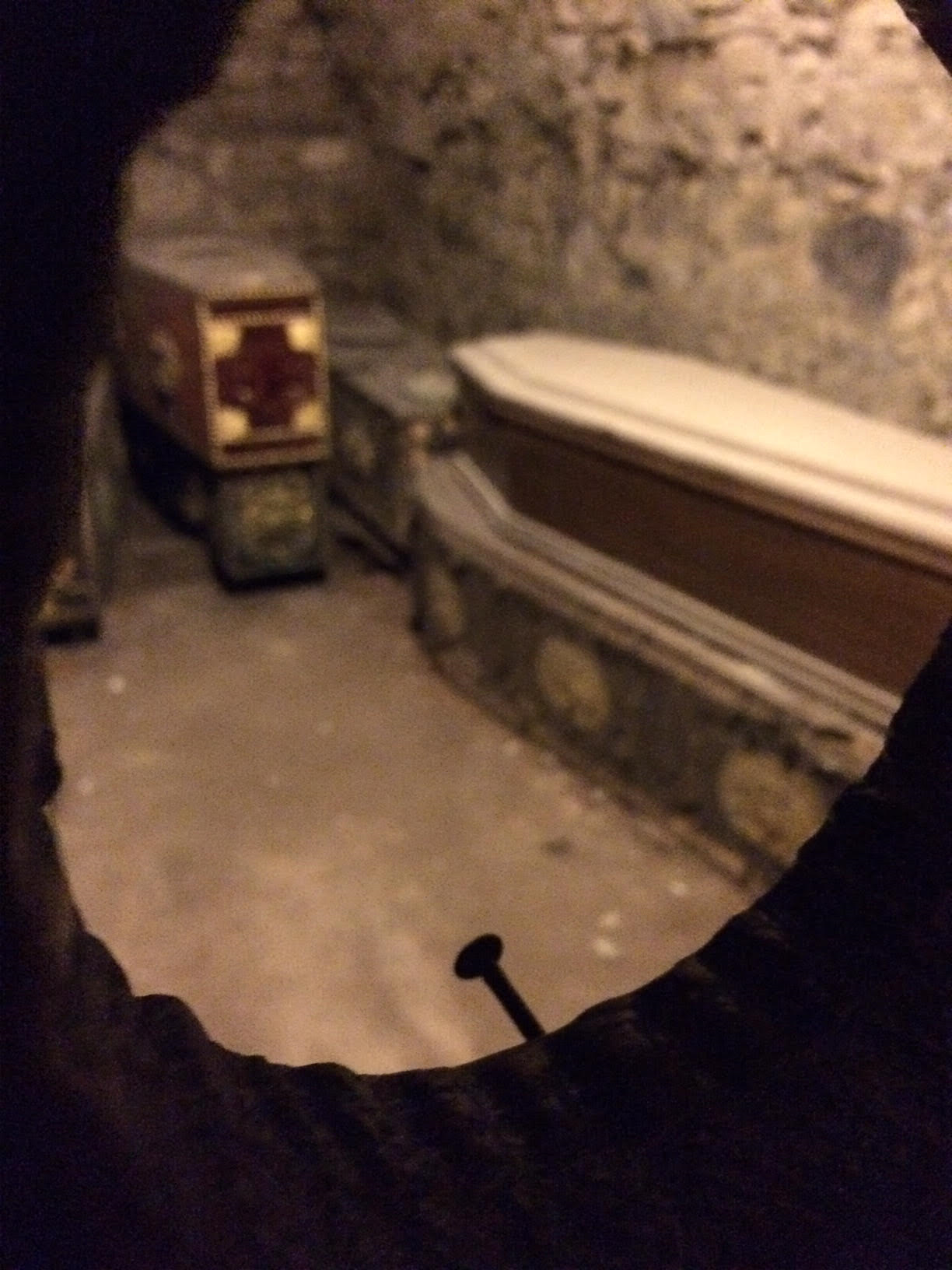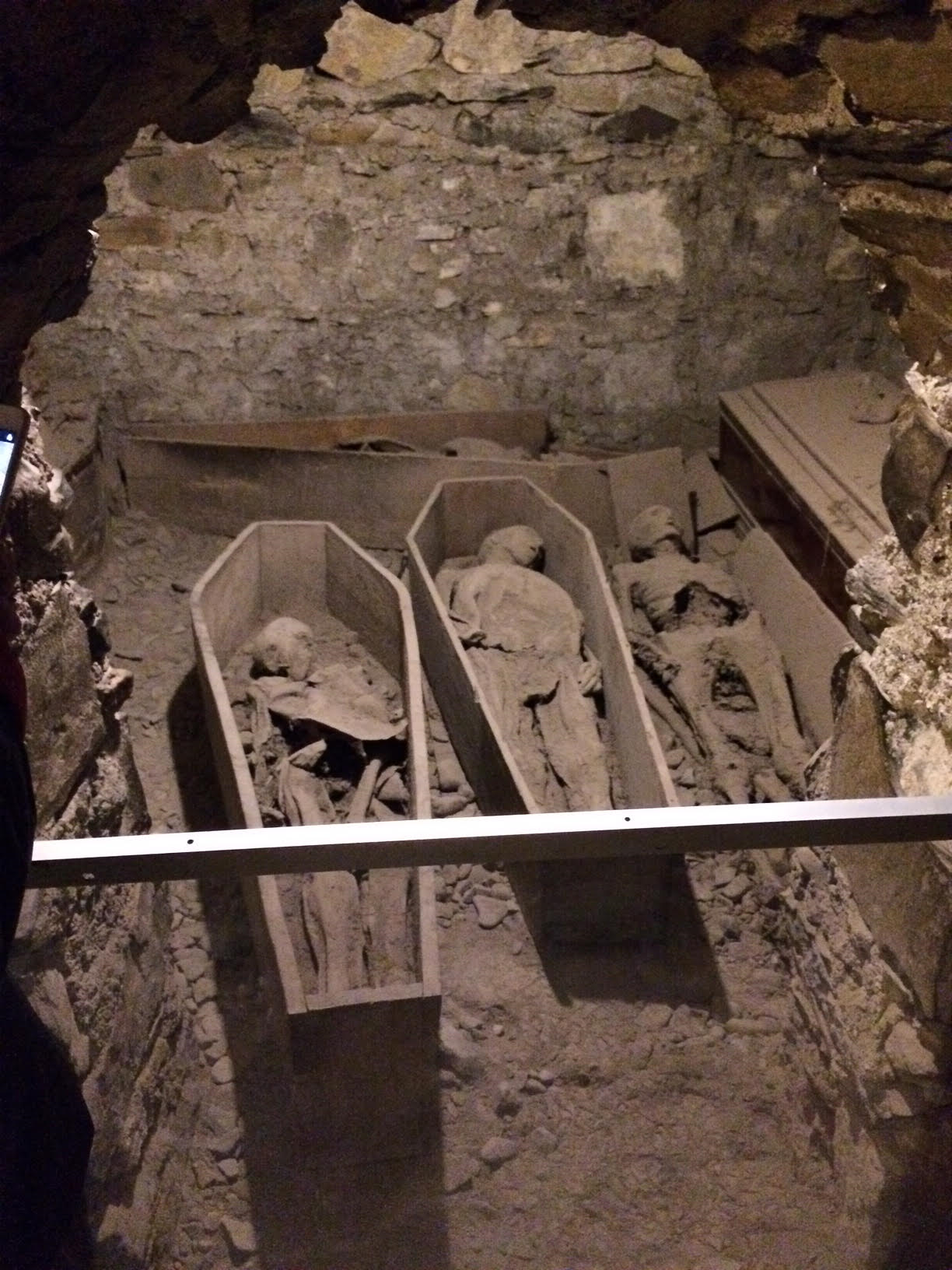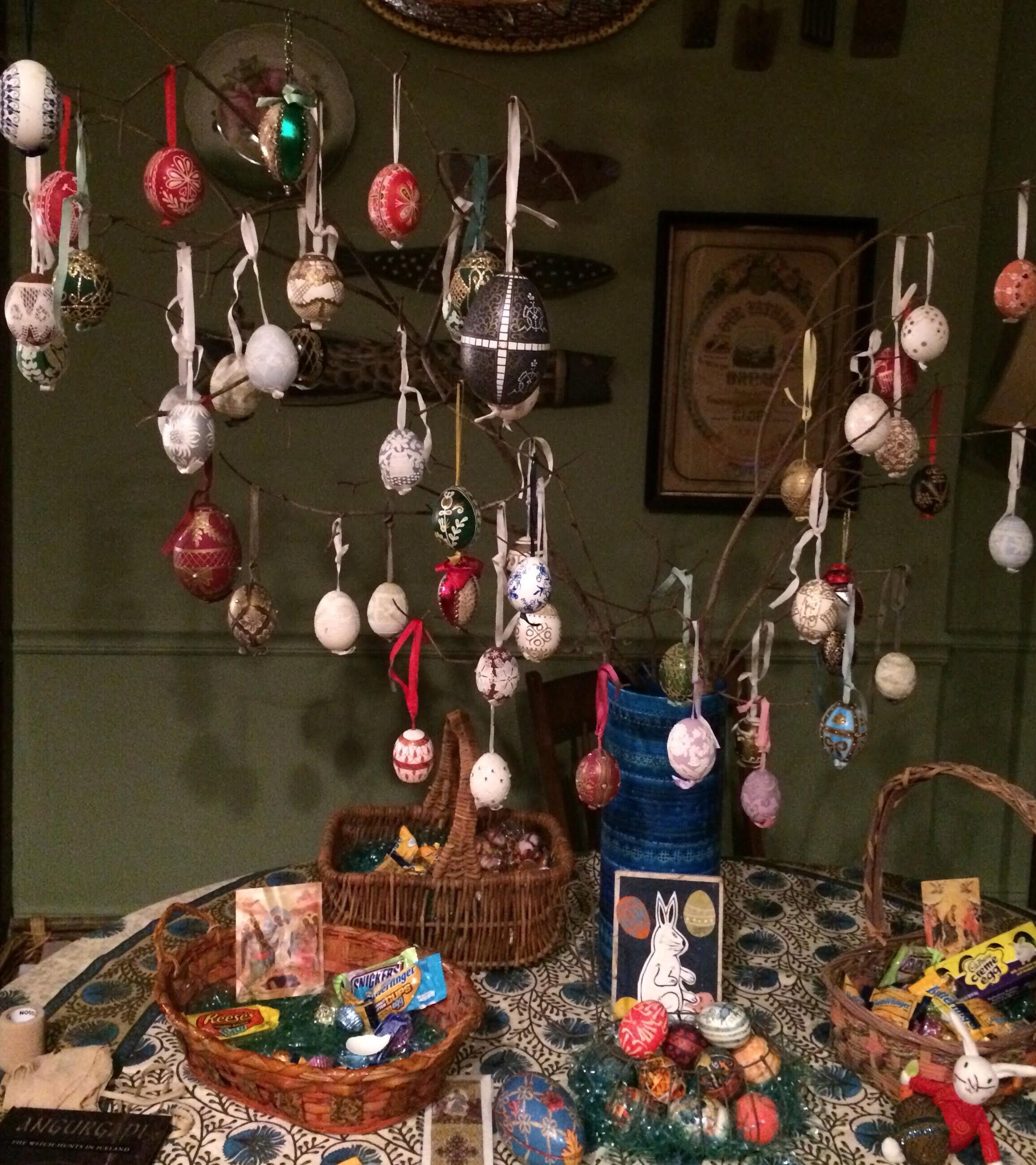I recently began a new feature on Facebook and Twitter by posting a brief, “fun fact” in honor of #WerewolfWednesday each week.
I got this idea during the International Thriller Writers conference I attended this July in midtown. (Over 700 authors from across North America and Canada were there but luckily I didn’t need to pay for airfare or hotel room; I only needed to ride the subway and buy a few extra lunches at a deli! The conference was a great experience — I learned a lot about writing, characterization, plotting, tension, etc. as well as practical things like what you can or cannot learn from an autopsy, how hostage negotiators work, how blood spatter can be examined, how the FBI forensics lab is organized. I met lots of thriller writers who work not only in supernatural thrillers but in many other subgenres as well. There were also lots of agents there and each agent I spoke with asked for sample pages of Earth to Earth, Ashes to Ashes–the novel I am currently working on.)
So far, #WerewolfWednesday has shared:
The elite did not believe werewolves existed. Church teaching insisted ALL werewolf claims were frauds.
Werewolf trials began in Switzerland during the 1600s and were finished by the late 1700s, just like witchcraft trials.
In Roman folktales, a man became a wolf after eating a child’s intestines but was restored to human form after 10 years.
Upcoming #WerewolfWednesday features will include werewolf folklore from the Satyricon, as well as from Slavic, French, Italian, and German sources.
If you haven’t “liked” or “followed” my Author Pages on Facebook or Twitter, click on the links above!




